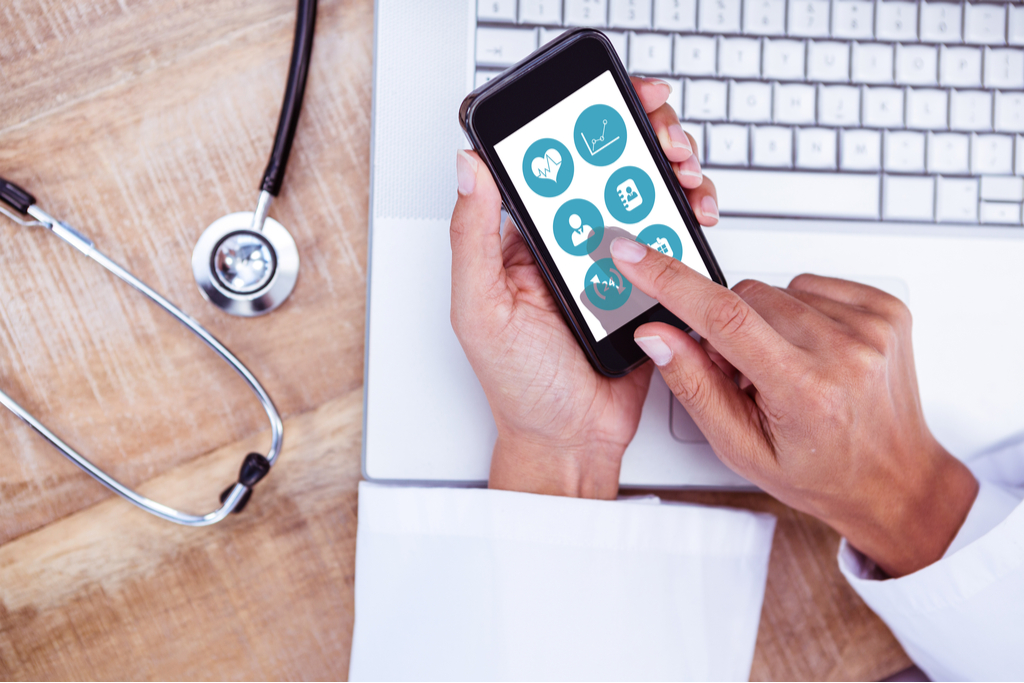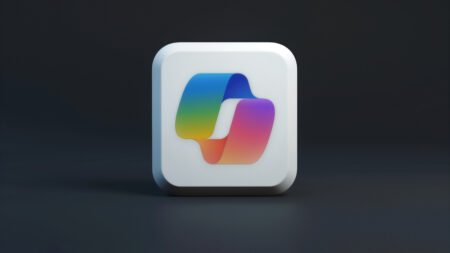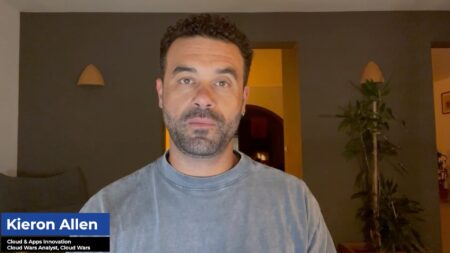Patient engagement is a growing business in the healthcare industry. Increasingly, technology facilitates this engagement process, namely through innovative apps.
To establish the popularity and potential of patient engagement apps, we can cite the recent merger between key market players Relatient and Radix Health. The fact that these two firms merged to develop a shared offering is not surprising. However, the events that preceded the merger were particularly interesting. Namely, Relatient’s announcement of receiving $100 million in growth equity capital.
Patient engagement apps already simplify and optimize critical processes in the healthcare industry. In the future, the impact could be even more profound. This article explores the existing benefits of patient engagement apps and predicts how they could transform healthcare provisions as they become more widespread.
Wondering how cloud is propelling healthcare? Join the Healthcare Industry Roundtable as part of Industry Cloud Battleground Week November 15th-19th Learn More
Streamlining Appointments and Scheduling
One of the core benefits of patient engagement apps is streamlined scheduling. That’s because organizing appointments, scheduling follow-ups, and notifying patients about upcoming commitments are complex logistical tasks.
Administrative staff can spend a great deal of time ensuring processes run effectively. And this is usually with standard scheduling software in place. Some patient engagement apps take this burden off of staff and provide flexible, personalized solutions.
We mentioned Radix Health in the introduction to this article, and the company has several good examples of this technology in action. Using Radix Health apps, patients match with optimal local providers, schedule in-person or virtual appointments, automate reminders, and more.
In the future, as adoption becomes more widespread, this process could become fully automated. Apps could connect doctors’ surgeries with local hospitals, specialist clinics, and other healthcare professionals. Single patient engagement apps could enable scheduling across healthcare providers while concurrently sharing patient data securely to help tackle interoperability barriers.
Improving Patient Experience
One of the most useful functions of patient engagement apps is the ability to gauge customer satisfaction. Many apps include functions for users to provide a rating and advanced feedback.
Healthcare providers can curate information from patient apps to develop an idea of failing areas. Consequently, with this information, they can determine what they can do to increase customer satisfaction.
Apps enhance a patient’s experience with tools to better understand their illness, follow treatment plans, and remain united with their healthcare provider. App platforms like Progno CIS even enable patients to access their medical records independently.
Patient engagement apps could help develop highly personalized experiences where healthcare providers accommodate each patient based on their data. With unlimited access to their records and data visualization frameworks potentially built into the application, patients could benefit from experiences that transcend doctor/patient and become collaborative.
Treatment Acceptance
Today, patient engagement apps in the cosmetic sector enable practitioners in areas like cosmetic dentistry to treatment acceptance tactics. In other words, specific engagement apps, like TRIOS, are powerful sales tools because patients can visualize the result of proposed treatments using augmented reality and other techniques.
In a clinical healthcare setting, selling treatments in this way is highly unethical. However, the treatment acceptance model could develop with patient engagement apps to aid recovery and rehabilitation. Why? Because, with a personalized guided tour of their treatment journey, they can better visualize the outcome and process.
This could lead to many benefits. For example, patients will be more aware of the treatment procedures and how they might affect them, reducing the fear of the unknown. Furthermore, patients could quantify the length of treatment using visual prompts, like timelines, and stay motivated. Moreover, because patient apps are often by design mobile, they could spend time replaying these processes away from a clinical setting and at their leisure.
Wider Societal Benefits
Increased adoption of patient engagement apps could have far-reaching societal benefits. For instance, take track and trace technology. During the Covid-19 pandemic, many nation-states looked to track and trace apps. These apps were essentially large-scale patient engagement applications, to monitor the spread of the virus.
Although there were many failed attempts, some countries found the technology incredibly useful for isolating outbreaks. Consequently, one of the knock-on effects of this extensive rollout was the understanding that the public accepts this form of widespread clinical data collection.
One day, we could see more track and trace apps that address other disease and virus outbreaks. These measures could improve healthcare on a large scale, dampen the impact of outbreaks on public healthcare institutions, and enable private healthcare providers to tailor their provisions based on live clinical data.
From a broader perspective, mass adoption of patient engagement apps will inevitably result in huge silos of clinical data. Therefore, in the future, healthcare providers, with increased interoperability, could develop major initiatives based on this wealth of clinical data. Consequently, this data could be adapted to countless use cases. Any innovations at this scale will profoundly impact the success of healthcare providers and the patient experience.
Industry Cloud Battleground Week: Available On-Demand
Sponsored by Salesforce, Google Cloud, Oracle, Microsoft, SAP, and Workday, this 5-day digital event delivered insights to inspire, educate and engage business and technology leaders who are actively defining their industry-specific cloud strategy.








